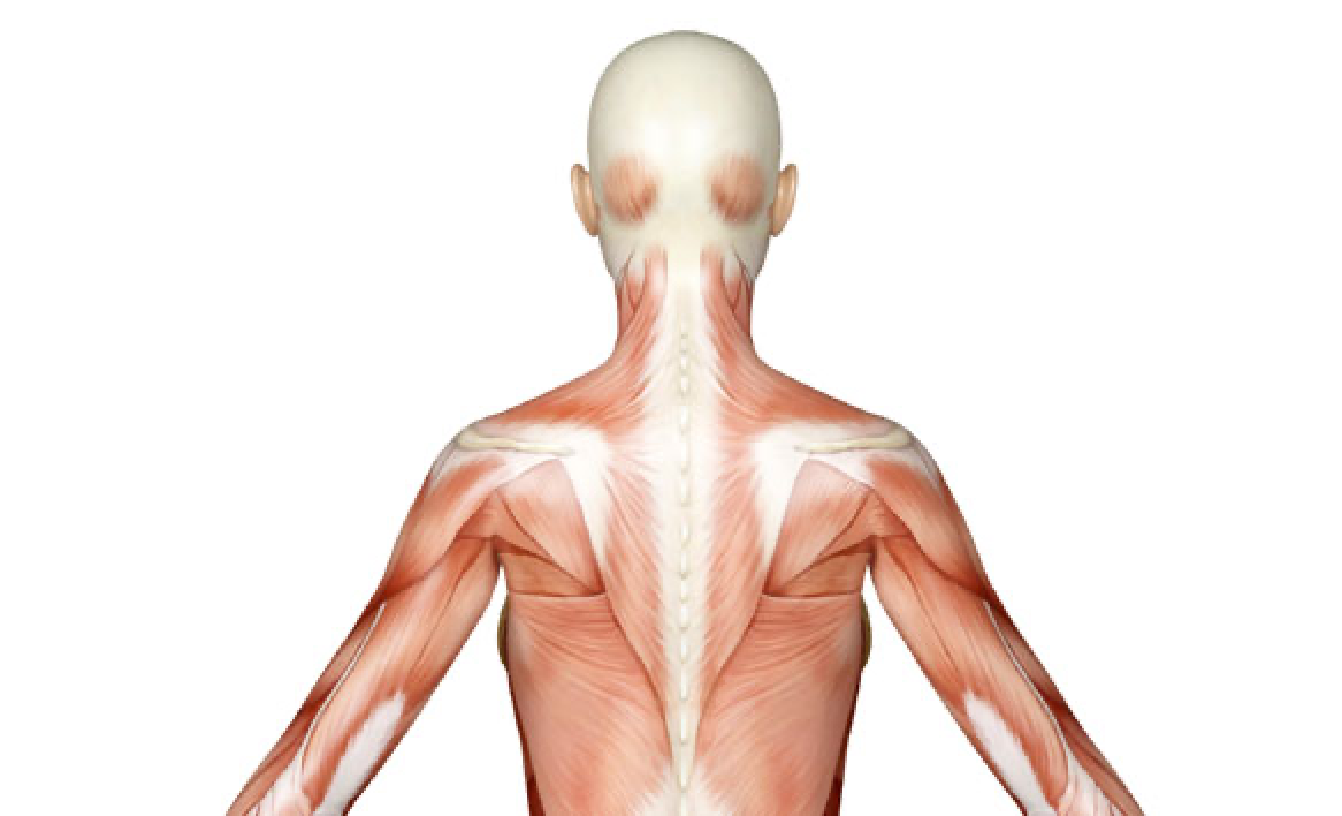Back and shoulders

The shoulders provide important support. They reduce back strain and pressure on the hands, and also cushion bumps on the road.
The back muscles stabilise the spine and position the pelvis. They cushion road impacts and keep the upper body and head in the desired position. The counterparts of the back muscles are the abdominal muscles, which are usually under less strain when you are cycling. For this reason frequent cyclists need to train their abdomen so that no imbalance occurs, which can cause great problems when lying, sitting or standing. You can find exercises for this here:
Strengthening and stretching your musclesRump and legs

The rump absorbs up to 70 percent of the load, depending on the type of bike. This is distributed over a very small area, which leads to the most common problems when cycling: buttock pains. The gluteal muscles are one of the most important driving forces when cycling, because they stretch the thigh at the hip, and they do this with every stroke of the pedal. Only the knee extensors at the front of the thighs are more important, because they help to push the pedal downwards powerfully.´ The knee flexors on the back of the thigh bend the knee and help lift the leg in the back pedal cycle during competitive cycling.
Hands and feet

The hands react particularly sensitively and bear up to 30 % of the total load, depending on how you ride. Reasons for discomfort can be, among others: the arms are over-stretched, the upper body and arms are at an unfavourable angle (too much stress on the arms), handlebars and grips are not optimally shaped.
The feet are also subjected to serious strain when you are cycling and should be supported by ergonomic pedals.
Abdomen

The abdominal muscles are the counterpart of the back muscles and stabilise the pelvis and back. Back pain is often caused by weak abdominal muscles!



